In the world of oral care devices, few issues frustrate users more than experiencing sudden sensitivity spikes caused by pressure overkill. While these symptoms are often dismissed as user error, they frequently stem from subtle design flaws or inadequate calibration. If left uncorrected, this combination can result in unnecessary discomfort, product returns, and brand damage.
This blog will explain why excessive pressure is more than just an annoyance, how it leads to sharp sensitivity, and what manufacturers can do to engineer solutions that protect the end user.
Pressure overkill refers to the application of force beyond the recommended threshold during brushing or cleaning cycles. For example:
Even brief episodes of excessive force can create microscopic damage in enamel or gums.
Sensitivity spikes are sudden, intense discomfort triggered by heat, cold, sweetness, or touch. Customers often report:
These symptoms can persist long after the pressure event, undermining user confidence.
When devices exert too much pressure, several harmful processes can occur:
The result is that even normal stimuli feel painful, making daily use unpleasant.
If manufacturers don’t address pressure overkill and resulting sensitivity spikes, they face:
Proactive engineering and clear user guidance are essential to protecting both the end user and the business.
Leading OEMs and ODMs integrate multiple strategies to avoid these issues:
This combination of hardware and software safeguards user comfort.
If you notice a pattern of complaints around sensitivity spikes, take immediate action:
Timely intervention helps preserve customer satisfaction and avoids larger-scale reputation damage.
Pressure overkill leading to sensitivity spikes is not merely a cosmetic concern—it is a real source of discomfort that signals design or quality control gaps. By prioritizing intelligent pressure management and user-centered design, manufacturers can build devices that are powerful yet gentle, restoring customer trust and reinforcing the value of your brand.
If you’d like to discuss how advanced pressure control can be integrated into your next-generation products, our engineering team is here to help. Contact us
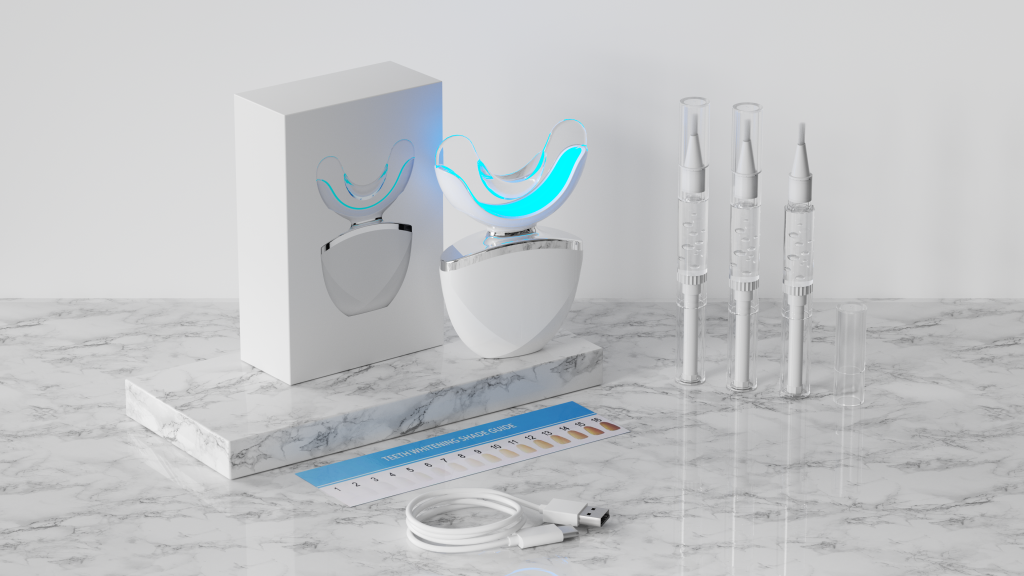
Chip Overheating with Cavity Acceleration – Hidden Link?

The Power of Teeth Whitener & Toothbrush Bundles
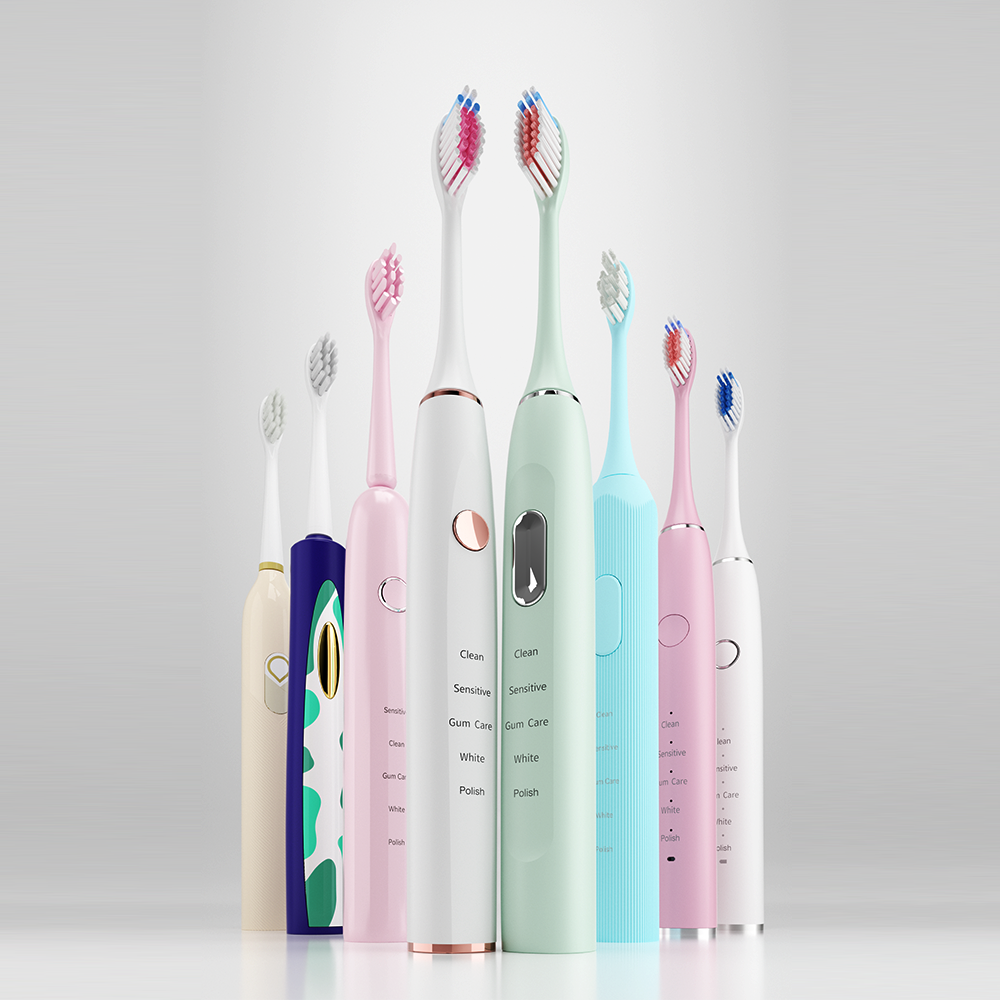
Camping Electric Brush Too Bulky? Folding Toothbrush Design Saves 50% Space!
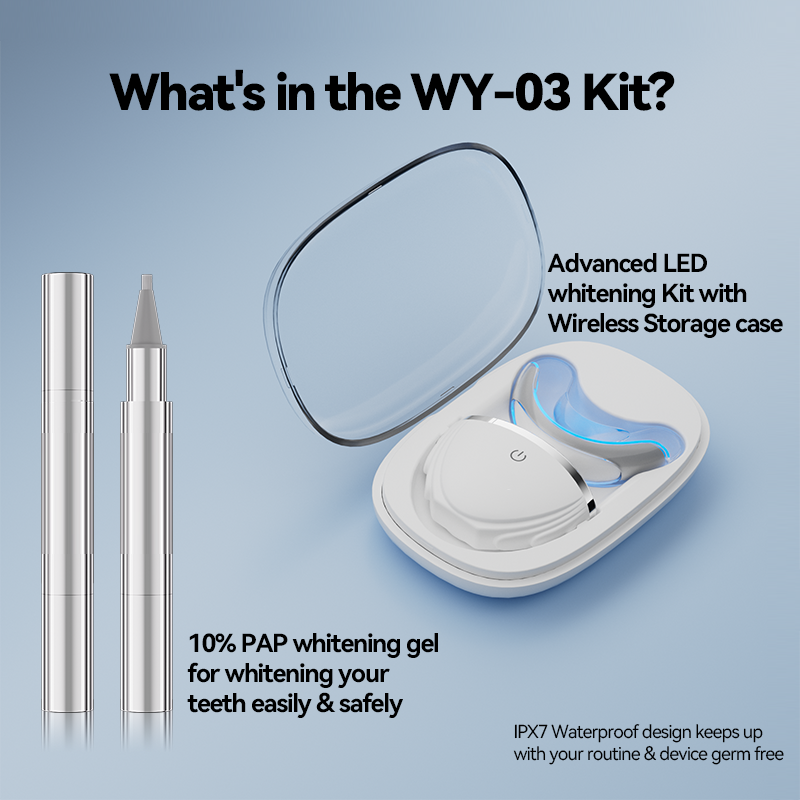
How Wireless Tech is Revolutionizing Oral Care Devices
Handle Cracking and Sinus Pressure – Related?
Vibration Decay with Timer Malfunction – Time to Retire?
Circuit Shorting with Nerve Inflammation – Emergency?
-3-scaled.png)
Why Wireless Charging Gives Whitening Device a Competitive Edge
.jpg)
OEM Essentials for Electric Toothbrush Production
Chemical Residues Triggering Throat Irritation – Toxic?
Gel Leakage with Enamel Translucency – Permanent Damage?
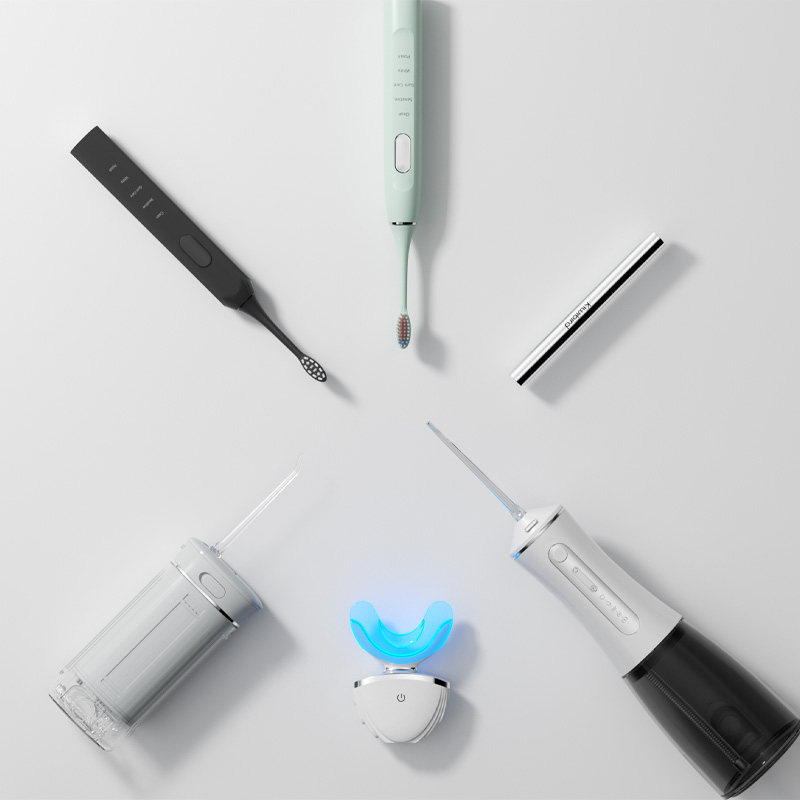
Market Potential of Electric Toothbrush & Whitening Device Combos
.jpg)
Whitening & Polishing Electric Toothbrush – OEM/ODM Services
Taste Loss After Mucosal Burns – Whitening’s Cost?
Seal Degradation Leading Bacterial Regrowth – Preventable?
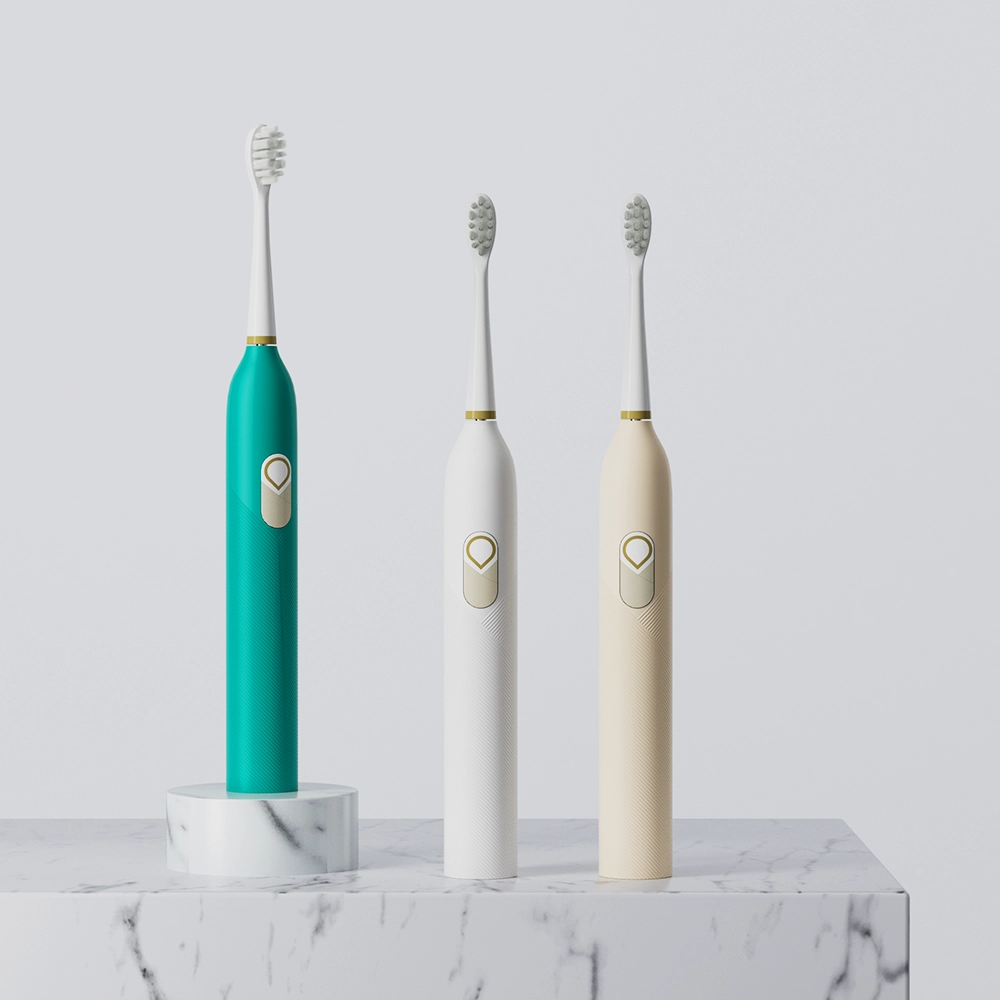
Electric Toothbrush with Bass Brushing Technology – 45-Degree Angle Cleaning

Electric toothbrush heads Charcoal Infused-Diamond

electric toothbrush heads Deep Clean

electric toothbrush heads Charcoal Infuse-Round

electric toothbrush heads Ultra Soft

Private Label Whitening Gel
.jpg)
Florida Electric Toothbrush – Powsmart PTR-C8

Customization Teeth Whitening Gel

electric toothbrush heads Regular Clean
whstapp
whstapp
National Toll-Free Service Hotline
+86 755 86238638